+
 WeChat:切換按鈕及底部微信
WeChat:切換按鈕及底部微信

 WeChat:切換按鈕及底部微信
WeChat:切換按鈕及底部微信

Principle of integrated domestic sewage treatment A/O process
The working principle is at level A. Due to the high concentration of organic matter in sewage, microorganisms are in a state of gas deficiency. At this time, microorganisms are facultative microorganisms, which convert and decompose organic ammonia in sewage into NH3-N.
Principle of integrated domestic sewage treatment A/O process:
The working principle is at level A. Due to the high concentration of organic matter in sewage, microorganisms are in a state of gas deficiency. At this time, microorganisms are facultative microorganisms, which convert and decompose organic ammonia in sewage into NH3-N. At the same time, they use organic carbon as an electron donor to convert NO-2-N and NO-3-N into N2, and also use some organic carbon sources and NH3-N to synthesize new cellular substances. So A-level tanks not only have a certain organic matter removal function, reducing the organic load of subsequent aerobic tanks, but also facilitate nitrification. Moreover, they rely on the high concentration of organic matter in the raw water to complete denitrification and eliminate nitrogen eutrophication pollution.
At level O, although the concentration of organic matter has significantly decreased, there is still a certain amount of organic matter and high NH3-N present. In order to further oxidize and decompose organic matter, and ensure smooth nitrification while carbonization is complete, an aerobic biological contact oxidation tank with low organic load is set up at level O. In the O-level pool, aerobic microorganisms and aerobic bacteria (nitrifying bacteria) are mainly present. Aerobic microorganisms decompose organic matter into CO2 and H2O; Autotrophic bacteria (nitrifying bacteria) use inorganic carbon produced by the decomposition of organic matter or CO2 in the air as a nutrient source to convert NH3-N in wastewater into N-2-ON, N-3-ON, and the effluent from O-grade tanks is returned to the A-level tank, providing electron acceptors for the A-level tank and eliminating nitrogen pollution through denitrification.
sbr process
SBR method is an activated sludge treatment method developed in recent years. This treatment process integrates an aeration tank and a sedimentation tank, with continuous water inflow, intermittent aeration, and wastewater sedimentation and removal of supernatant when gas is stopped, forming a cycle that repeats itself. The SBR method does not have sedimentation tanks or sludge return equipment, but it operates intermittently and requires multiple treatment units. The inflow and aeration are switched between each other, making the control more complex. In order to ensure the overflow rate, the SBR method requires high manufacturing standards for the decanter equipment, and must strive for excellence during production, otherwise it is easy to cause the effluent quality to not meet the standards. At present, there are no high-quality decanting equipment in China, and the procurement of imported equipment is troublesome and expensive. At the same time, the maintenance costs in the later stage are also high. The sludge concentration in the SBR process tank is measured by a concentration meter to control the amount of excess sludge discharged. Currently, the immaturity of concentration meter technology in China can lead to difficulties in controlling SBR sludge discharge.
Contact oxidation process
The biological contact oxidation method is a traditional biochemical treatment method, in which the biological filler is a semi soft filler on a fixed bed. By using semi soft fillers as attachment carriers for microorganisms, the microorganisms are evenly distributed on the biological fillers, thus avoiding the phenomenon of uneven distribution of microorganisms. At the same time, the microorganisms adhere to the surface of the fillers and do not flow with water. Due to the strong agitation of the rising airflow, the biofilm is constantly renewed, thereby improving the purification effect. The contact oxidation method has the advantages of short treatment time, small volume, good purification effect, good and stable effluent quality, no need for sludge reflux or expansion, and low power consumption.
mbr process
MBR is a new and efficient wastewater treatment process that combines efficient membrane separation technology with traditional activated sludge process. It uses a submerged membrane module with a unique structure placed in an aeration tank. After aerobic aeration and biological treatment, the water is pumped out through membrane filtration. It has significant differences from traditional sewage treatment methods, replacing the secondary sedimentation tank and tertiary treatment processes in traditional biochemical processes. Due to the presence of membranes, the system's solid-liquid separation ability is greatly improved, resulting in a significant increase in the effluent quality and volumetric load. Combined with different processes, the effluent can meet the standards for landscape or miscellaneous water use. Due to the filtration effect of the membrane, microorganisms are completely trapped in the bioreactor, achieving the separation of hydraulic retention time and activated sludge age, eliminating the problem of sludge swelling in traditional activated sludge processes. Membrane bioreactors have the advantages of high pollutant removal efficiency, strong nitrification capacity, good simultaneous nitrification, denitrification, and denitrification effects, stable effluent quality, low residual sludge production, compact equipment, and simple operation. Currently widely used in the treatment and reuse of domestic sewage and various biodegradable industrial wastewater.
The working principle is at level A. Due to the high concentration of organic matter in sewage, microorganisms are in a state of gas deficiency. At this time, microorganisms are facultative microorganisms, which convert and decompose organic ammonia in sewage into NH3-N. At the same time, they use organic carbon as an electron donor to convert NO-2-N and NO-3-N into N2, and also use some organic carbon sources and NH3-N to synthesize new cellular substances. So A-level tanks not only have a certain organic matter removal function, reducing the organic load of subsequent aerobic tanks, but also facilitate nitrification. Moreover, they rely on the high concentration of organic matter in the raw water to complete denitrification and eliminate nitrogen eutrophication pollution.
At level O, although the concentration of organic matter has significantly decreased, there is still a certain amount of organic matter and high NH3-N present. In order to further oxidize and decompose organic matter, and ensure smooth nitrification while carbonization is complete, an aerobic biological contact oxidation tank with low organic load is set up at level O. In the O-level pool, aerobic microorganisms and aerobic bacteria (nitrifying bacteria) are mainly present. Aerobic microorganisms decompose organic matter into CO2 and H2O; Autotrophic bacteria (nitrifying bacteria) use inorganic carbon produced by the decomposition of organic matter or CO2 in the air as a nutrient source to convert NH3-N in wastewater into N-2-ON, N-3-ON, and the effluent from O-grade tanks is returned to the A-level tank, providing electron acceptors for the A-level tank and eliminating nitrogen pollution through denitrification.
sbr process
SBR method is an activated sludge treatment method developed in recent years. This treatment process integrates an aeration tank and a sedimentation tank, with continuous water inflow, intermittent aeration, and wastewater sedimentation and removal of supernatant when gas is stopped, forming a cycle that repeats itself. The SBR method does not have sedimentation tanks or sludge return equipment, but it operates intermittently and requires multiple treatment units. The inflow and aeration are switched between each other, making the control more complex. In order to ensure the overflow rate, the SBR method requires high manufacturing standards for the decanter equipment, and must strive for excellence during production, otherwise it is easy to cause the effluent quality to not meet the standards. At present, there are no high-quality decanting equipment in China, and the procurement of imported equipment is troublesome and expensive. At the same time, the maintenance costs in the later stage are also high. The sludge concentration in the SBR process tank is measured by a concentration meter to control the amount of excess sludge discharged. Currently, the immaturity of concentration meter technology in China can lead to difficulties in controlling SBR sludge discharge.
Contact oxidation process
The biological contact oxidation method is a traditional biochemical treatment method, in which the biological filler is a semi soft filler on a fixed bed. By using semi soft fillers as attachment carriers for microorganisms, the microorganisms are evenly distributed on the biological fillers, thus avoiding the phenomenon of uneven distribution of microorganisms. At the same time, the microorganisms adhere to the surface of the fillers and do not flow with water. Due to the strong agitation of the rising airflow, the biofilm is constantly renewed, thereby improving the purification effect. The contact oxidation method has the advantages of short treatment time, small volume, good purification effect, good and stable effluent quality, no need for sludge reflux or expansion, and low power consumption.
mbr process
MBR is a new and efficient wastewater treatment process that combines efficient membrane separation technology with traditional activated sludge process. It uses a submerged membrane module with a unique structure placed in an aeration tank. After aerobic aeration and biological treatment, the water is pumped out through membrane filtration. It has significant differences from traditional sewage treatment methods, replacing the secondary sedimentation tank and tertiary treatment processes in traditional biochemical processes. Due to the presence of membranes, the system's solid-liquid separation ability is greatly improved, resulting in a significant increase in the effluent quality and volumetric load. Combined with different processes, the effluent can meet the standards for landscape or miscellaneous water use. Due to the filtration effect of the membrane, microorganisms are completely trapped in the bioreactor, achieving the separation of hydraulic retention time and activated sludge age, eliminating the problem of sludge swelling in traditional activated sludge processes. Membrane bioreactors have the advantages of high pollutant removal efficiency, strong nitrification capacity, good simultaneous nitrification, denitrification, and denitrification effects, stable effluent quality, low residual sludge production, compact equipment, and simple operation. Currently widely used in the treatment and reuse of domestic sewage and various biodegradable industrial wastewater.
Previous: Guidelines for the Operation of Medical Wastewater Treatment Process Plan
Next: Domestic sewage treatment plan
【Related articles】
【Related Products】
-
Telephone:0371-88912366 0371-88912399
-
Service Hotline:4006096637(technology)
-
Address:Unit 303, Building 5, Zhangwuzhai No.2 Courtyard, Sequoia Road, Zhengzhou High tech Zone, Henan Province
-

Add WeChat
Copyright Notice: The content published on this website may not be downloaded, reproduced or mirrored without the permission of this website and the author. Violators will be held legally responsible by this website.




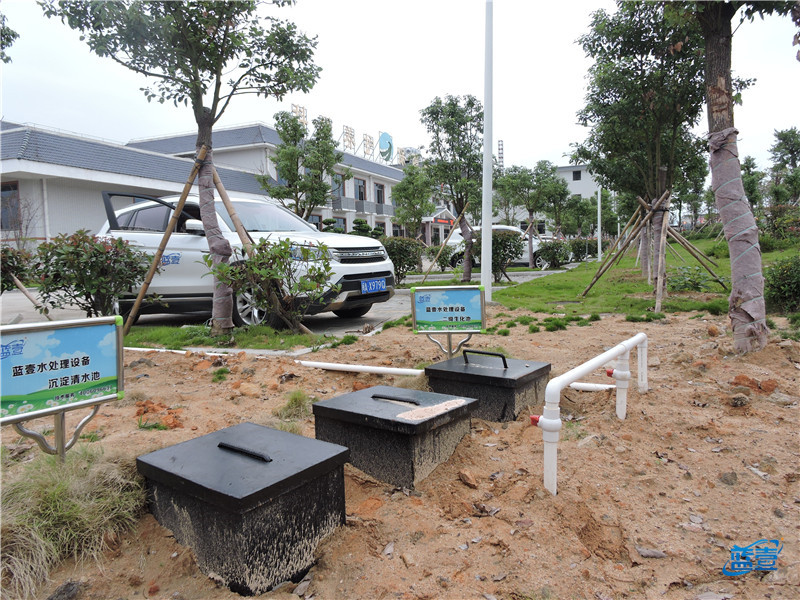
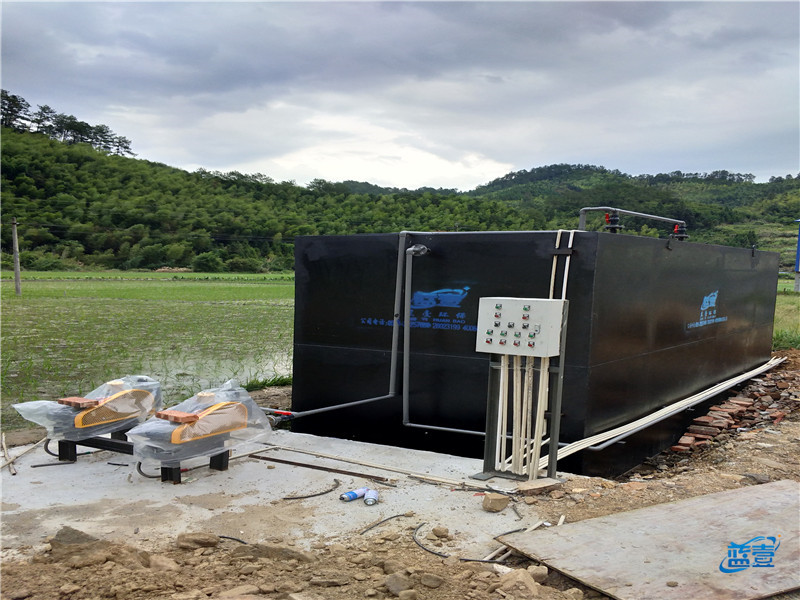
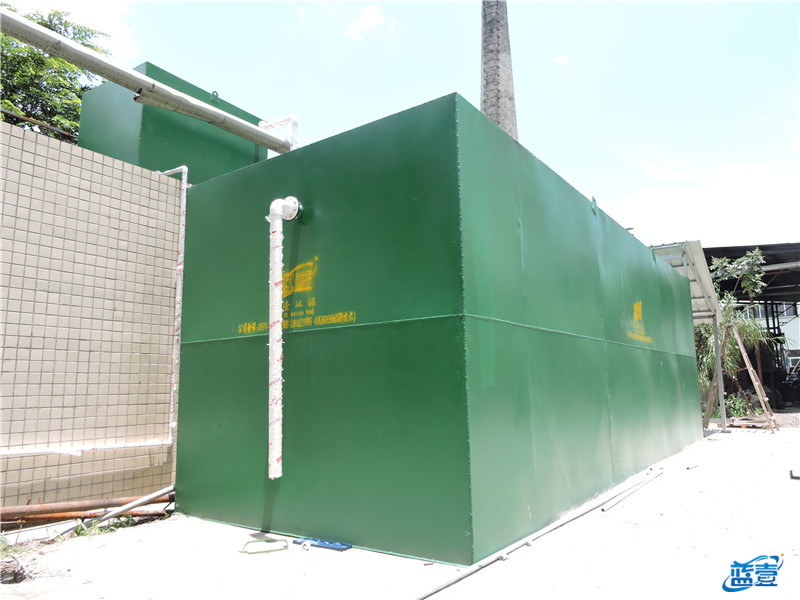
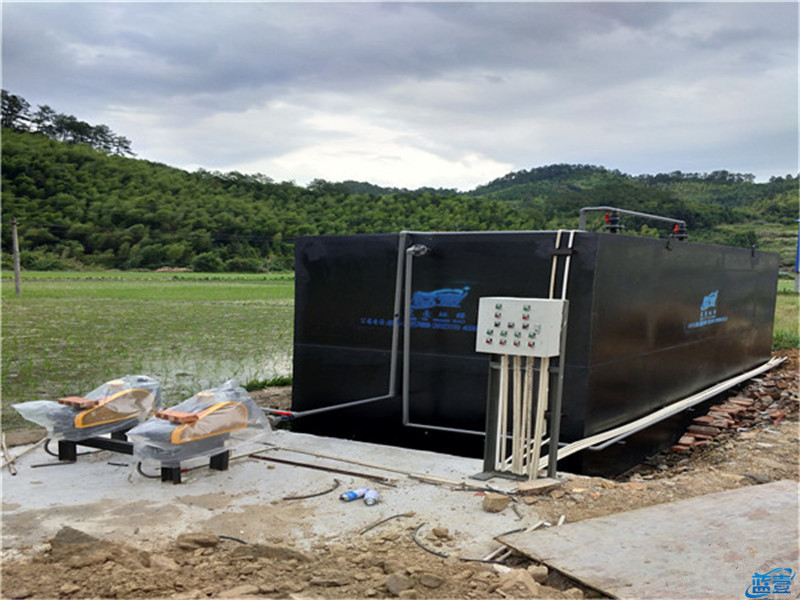
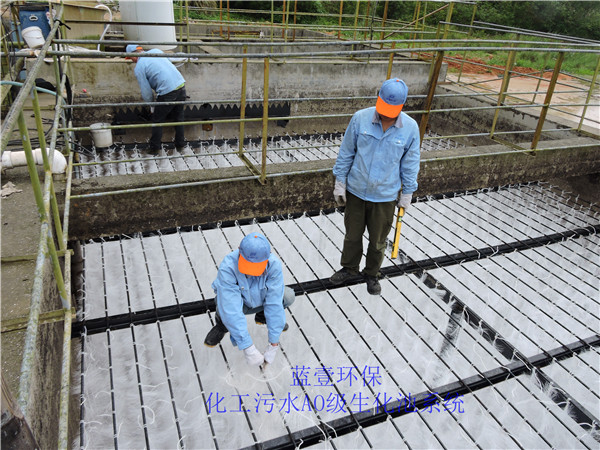
 home
home
 WeChat
WeChat
 telephone
telephone